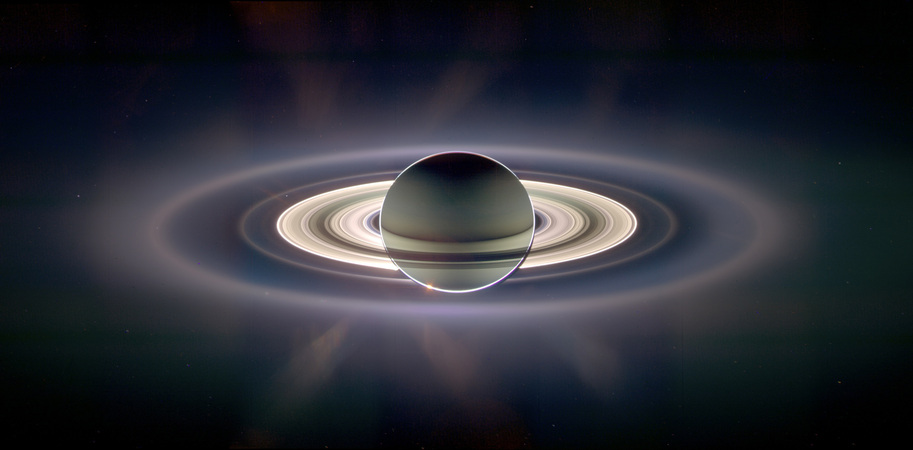Keeping Watch on the Sun
The Sun is far from a dormant ball of gas. Its surface seethes with
activity including sunspots, solar flares and prominences, which send
plasma arcing many thousands of kilometres above the Sun's surface. An
essentially continuous stream of charged particles, called the solar
wind, emanates from the Sun at velocities in the order of 300 to 800
kilometres per second [1]. Normal solar activity poses little threat
to the Earth because of the protection a afforded by Earth's magnetic
field and atmosphere. However, from time to time there are massive
outbursts when the Sun ejects tremendous amounts (109--1011 tonnes
[2]) of hot, ionised gas outward at speeds as high as 1000 kilometres
per second. These outbursts are called coronal mass ejections (CME) and
are more likely during periods of high sunspot activity (approximately
11 year cycle). CMEs can cause disruption of satellite systems and radio
communications on Earth approximately 40 to 50 hours after emission. In
extreme cases, such as during an event in March 1989 affecting Quebec's
power supply, electricity grids and other ground-based electrical
systems can be crippled. Given the potential disruption to Earth, it is
important that advance warning of CME activity is available to allow
damage limitation activity to take place. This essay examines a
space-based early warning system to be placed at one of the Earth-Sun
Lagrange points, and to operate for two solar activity cycles (25
years).
Keeping Watch on the Sun Essay
PDF
Human Spaceflight
Ever since Yuri Gagarin took the fist human step into space on 12 April
1961 humans have been making the journey into outer space. In contrast
to the heady pioneering days, space flight seems almost routine now.
However, space flight was, and remains, a hazardous enterprise. Some of
the dangers are plain enough, just look at the power of a rocket or
fiery re-entry, but the majority are less obvious. This project looks at
the hazards faced by those who make, or will make, a trip off the
planet.
Human Spaceflight Project
PDF
